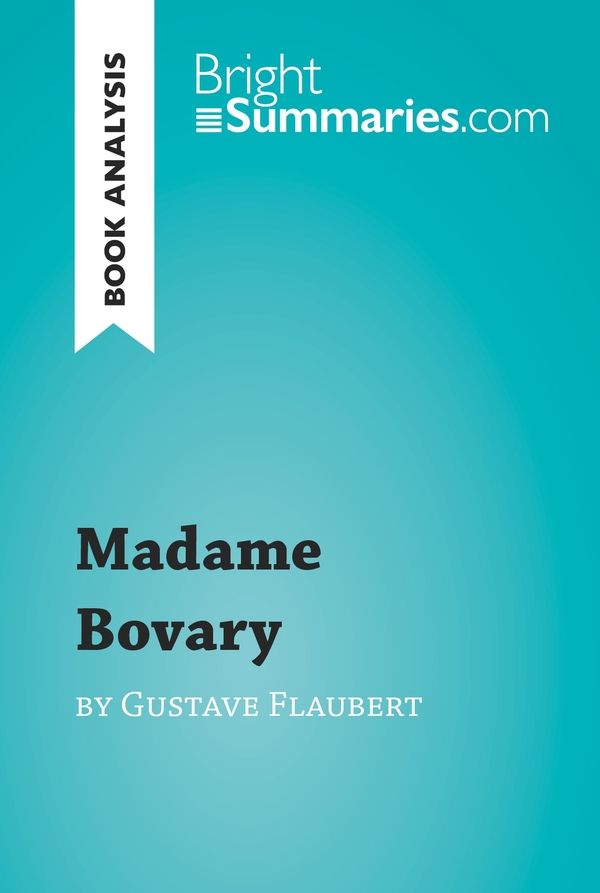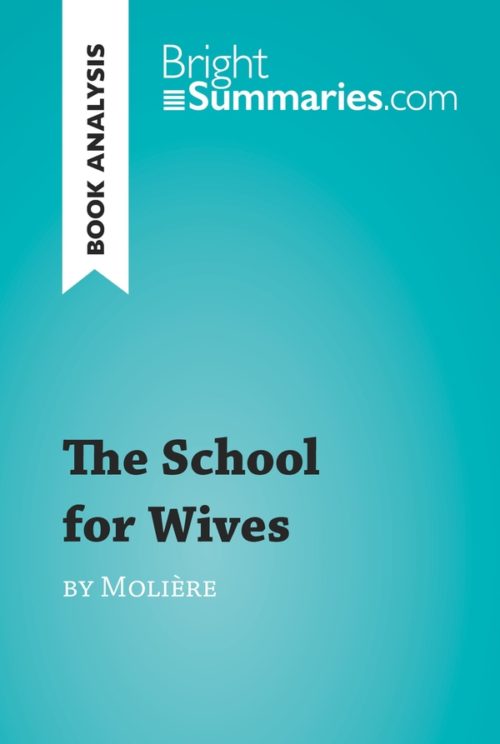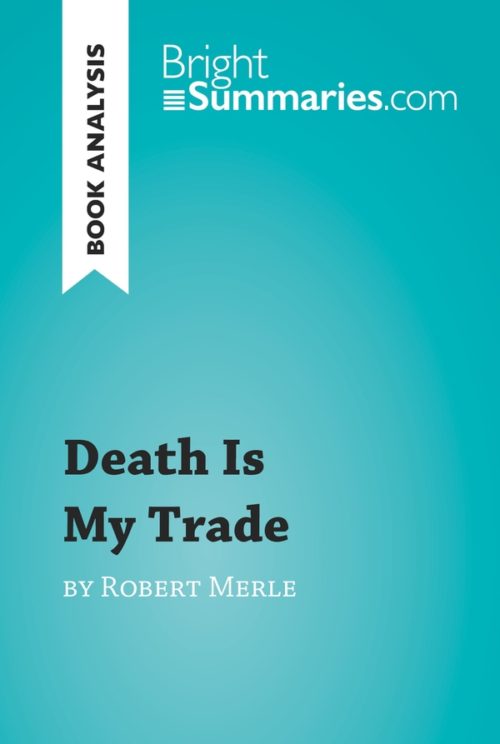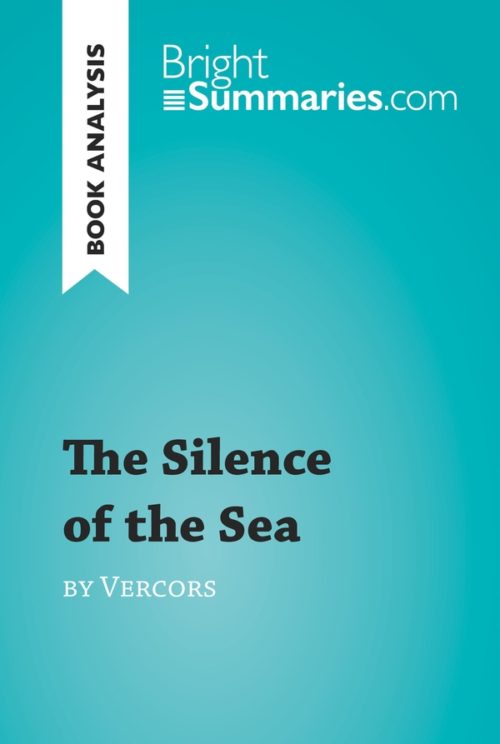Madame Bovary by Gustave Flaubert (Book Analysis)
Madame Bovary by Gustave Flaubert (Book Analysis)
Detailed Summary, Analysis and Reading Guide
Read more
This practical and insightful reading guide offers a complete summary and analysis of Madame Bovary by Gustave Flaubert. It provides a thorough exploration of the novel’s plot, characters and main themes, including marriage, love and adultery. The clear and concise style makes for easy understanding, providing the perfect opportunity to improve your literary knowledge in no time.
This clear and detailed 27-page reading guide is structured as follows:
- Biography of Gustave Flaubert
- Presentation of Madame Bovary
- Summary of Madame Bovary
- Character study
- Emma Bovary
- Charles Bovary
- Léon Dupuis
- Rodolphe Boulanger
- Mr. Homais
- Analysis of Madame Bovary
- Between realism and romanticism
- Description and subjective realism
- Free indirect style and inner monologue
About Madame Bovary
Madame Bovary was first published in 1856. It was inspired by a news story in Normandy, and follows a young middle-class woman who is looking for something to spice up her marriage. She therefore turns to a string of passing lovers to fulfil her desires.
Madame Bovary caused quite a stir when it was first published; on the one hand, the writing was unlikely anything readers had ever seen before, but, on the other hand, readers were shocked by the novel’s immorality.
About Gustave Flaubert
Gustave Flaubert was one of the major French writers of the 19th century and a key figure in the realist movement. He wrote several novels, including Madame Bovary and Sentimental Education, which are now considered classics. His writing stands out in particular for its close attention to detail and the depth of the psychological study of the characters, making Flaubert a precursor to many of the leading writers of the 20th century. He was also an influential figure during his lifetime: he mixed with the most important writers of his age, including Charles Baudelaire, Ivan Turgenev and George Sand, and served as a role model to the acclaimed short story writer Guy de Maupassant.
Product details
| ISBN | 9782806270290 |
|---|---|
| Publisher | Plurilingua Publishing |
| Collection | BrightSummaries.com |
| Format | |
| Pages | 28 |
| File size | 1.4 MB |







